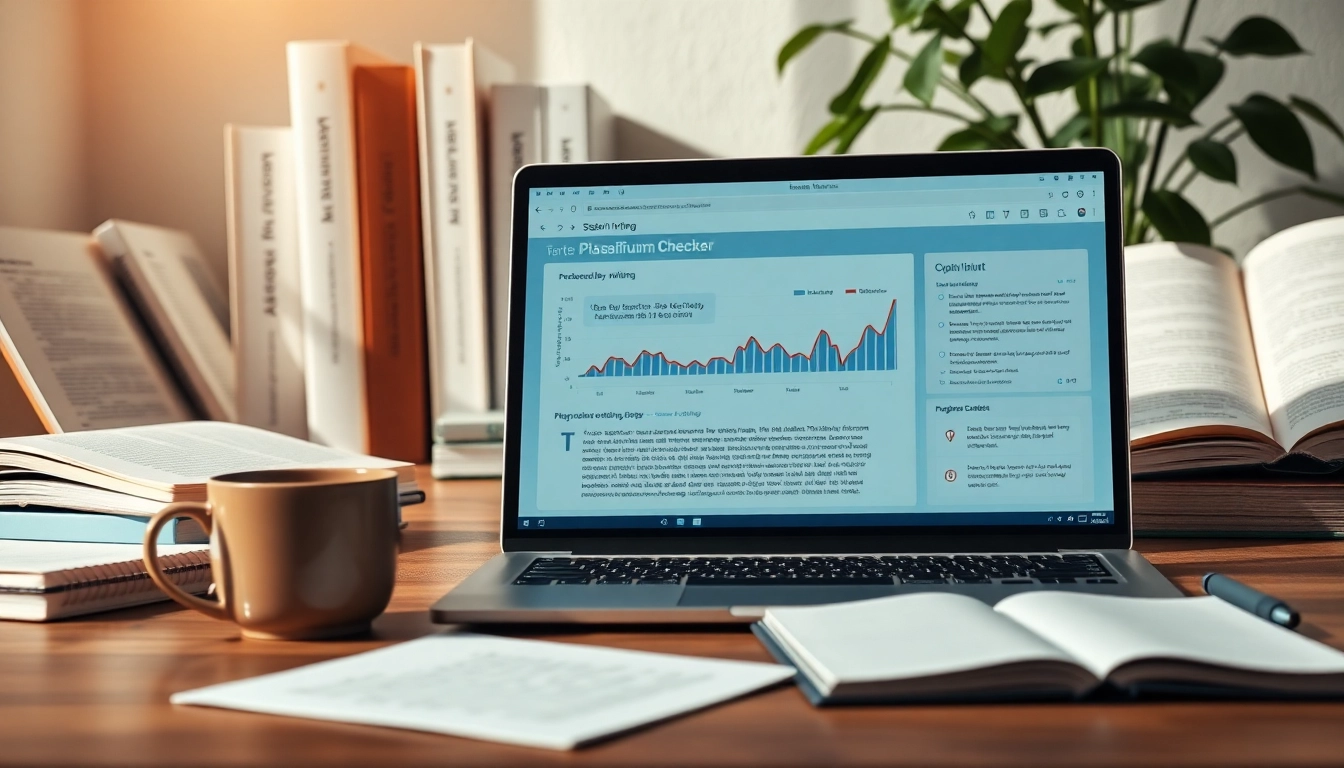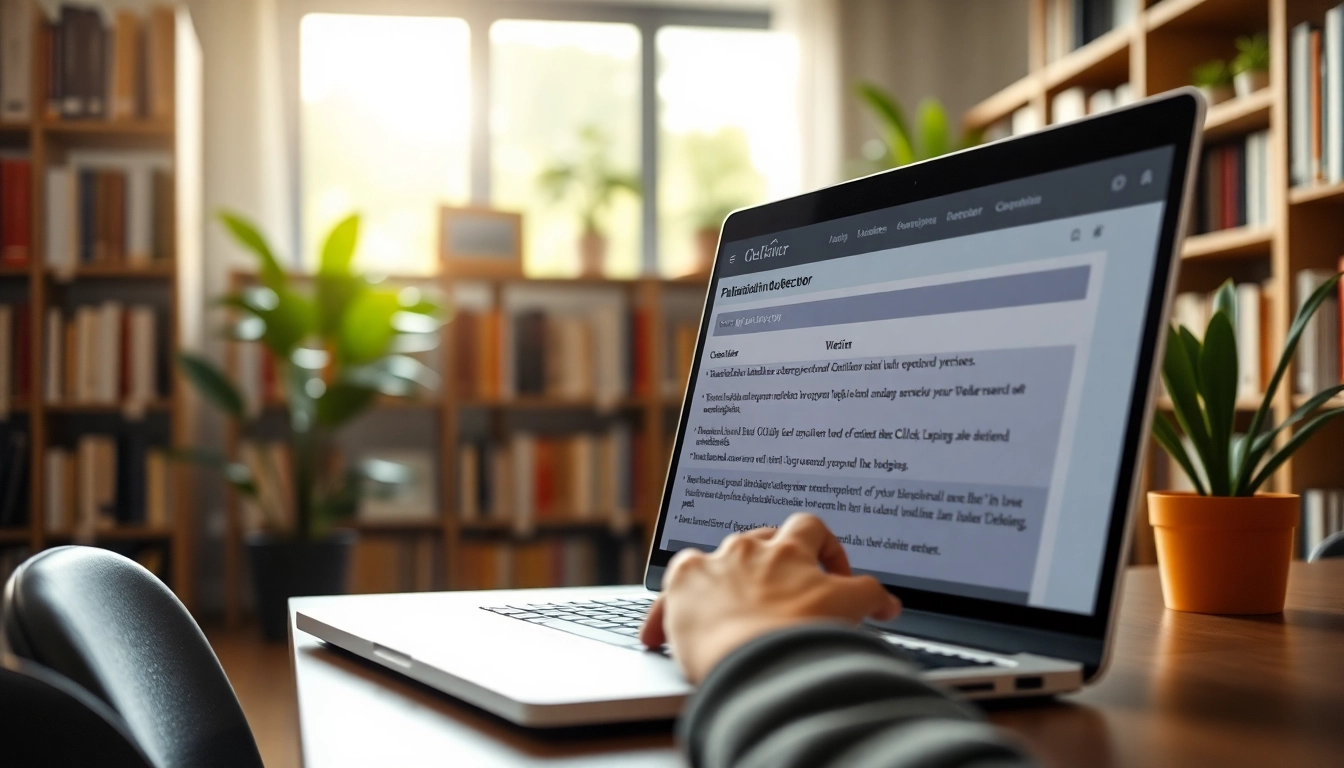Understanding Plagiarism Checkers
In the digital age, where information flows freely, the importance of maintaining integrity in written work cannot be overstated. One of the most effective tools for preserving this integrity is a plagiarism checker. These tools are designed to identify instances of copied content, ensuring that originality is upheld in academic, professional, and personal writing. This article delves into the intricacies of plagiarism checkers, providing insights into their functions, features, and best practices, as well as a comparative review of the leading options available.
What is a Plagiarism Checker?
A plagiarism checker is a software tool or application that scans written content to identify any similarities with existing published material. These tools can detect various forms of plagiarism, including direct copying, paraphrasing, and even accidental plagiarism that may occur when a writer unknowingly replicates someone else’s expressions. By analyzing text against vast databases that include books, websites, and academic articles, plagiarism checkers generate reports highlighting any overlapping content, allowing users to revise and ensure their work is original.
Why Use a Plagiarism Checker?
Utilizing a plagiarism checker is essential for several reasons:
- Maintaining Academic Integrity: For students and researchers, submitting plagiarized work can lead to severe consequences, including failing grades or academic penalties.
- Enhancing Credibility: Professionals, such as content creators and marketers, need to produce original content to build trust with their audience.
- Improving Writing Skills: By analyzing the feedback from plagiarism checks, writers can better understand how to paraphrase and cite sources effectively.
Types of Plagiarism Checkers Available
There are various types of plagiarism checkers available to cater to different needs:
- Free Online Checkers: Tools like DupliChecker and Plagiarism Detector allow users to check texts without charge, though they may have limitations in database access.
- Premium Services: Platforms like Grammarly and Turnitin offer comprehensive plagiarism detection tools with advanced functionalities but require a subscription.
- Institution-Based Tools: Many educational institutions provide their students and faculty with access to specialized plagiarism checking services, often integrated into their learning management systems.
How Does a Plagiarism Checker Work?
The Technology Behind Plagiarism Detection
At the core of every plagiarism checker is a sophisticated algorithm that analyzes text in multiple ways:
- Text Matching: This basic method involves matching phrases or sentences from the submitted text against existing sources.
- Semantic Analysis: More advanced tools utilize natural language processing (NLP) to understand context and meaning, detecting similarities even when phrasing is changed.
- Machine Learning: Constant learning mechanisms improve accuracy over time, identifying previously unseen patterns of plagiarism.
Common Algorithms Used in Plagiarism Checkers
Some of the commonly used algorithms in plagiarism detection include:
- KMP Algorithm: This popular string-searching algorithm identifies the longest matching prefix between the texts.
- Levenshtein Distance: By calculating the number of single-character edits required to change one word into another, this algorithm finds paraphrased content.
- Cosine Similarity: This method measures the cosine of the angle between two vectors, which represents the similarity between the texts based on their respective term frequencies.
Interpreting the Results: Read Your Reports
Reading a plagiarism report may initially seem daunting, but understanding the key components can simplify the process:
- Matching Percentage: Indicates how much of the submitted content matches existing texts. A lower percentage typically signals higher originality.
- Source List: The report will provide a list of the sources where matches were found, helping users identify areas to revise.
- Highlighting: Many checkers will highlight plagiarized sections within the text, making it easy to rectify specific instances.
Top Features to Look for in a Plagiarism Checker
Real-time Analysis and Feedback
The ability to perform checks in real-time provides immediate feedback, allowing users to address plagiarism issues as they write. This feature is particularly beneficial for content creators and students who need to refine their work continuously.
Support for Multiple Document Formats
A versatile plagiarism checker should accept various file types, including .doc, .pdf, and .txt. This flexibility allows users to work with different content formats seamlessly, accommodating diverse writing projects.
How Accurately Does It Detect Plagiarism?
Accuracy is crucial when choosing a plagiarism checker. Look for tools that compare text against extensive databases and have positive user reviews regarding their effectiveness in detecting subtle forms of plagiarism, such as paraphrasing and disguised copying.
Best Practices for Using a Plagiarism Checker
When to Run a Plagiarism Check
It’s essential to run a plagiarism check at various stages of the writing process, including:
- After completing a draft to identify any potential issues before submission.
- Before final submission to ensure compliance with academic or ethical standards.
How to Effectively Interpret Results
Understanding the results of a plagiarism check is vital for making necessary revisions. It’s important to:
- Focus on highlighted sections and the respective sources provided.
- Cross-verify any flagged content with academic or professional citations.
- Utilize paraphrasing and rewriting techniques to enhance originality.
Improving Originality in Your Writing
To foster originality in writing, consider the following strategies:
- Develop Unique Ideas: Cultivate your voice and viewpoints, ensuring your work reflects your insight and creativity.
- Employ Proper Citations: When using others’ ideas or works, always provide appropriate citations to acknowledge their contributions.
- Practice Paraphrasing: Learn the art of paraphrasing by rewording and restructuring sentences without losing the original meaning.
Comparative Review of Leading Plagiarism Checkers
Comparison of Free vs. Paid Plagiarism Checkers
When deciding between free and paid tools, it is essential to weigh the advantages and disadvantages:
- Free Plagiarism Checkers: While they offer basic functionalities, they often lack extensive databases and advanced features.
- Paid Plagiarism Checkers: These typically provide comprehensive reports, access to larger databases, and additional writing tools, making them valuable for serious writers.
User Reviews and Ratings
Before choosing a plagiarism checker, reviewing user feedback can provide insights into its performance and reliability. Consider looking for:
- Overall ratings from various platforms to gauge user satisfaction.
- Comments detailing specific experiences with accuracy and support services.
Choosing the Right Plagiarism Checker for Your Needs
To select the ideal plagiarism checker for your requirements, consider the following:
- Identify your primary need (academic, professional, casual writing) and choose a tool that aligns with it.
- Evaluate features such as real-time checking and multi-format support based on your specific writing habits.
- Test a few different checkers, utilizing free trials if available, to determine which one best suits your workflow.



